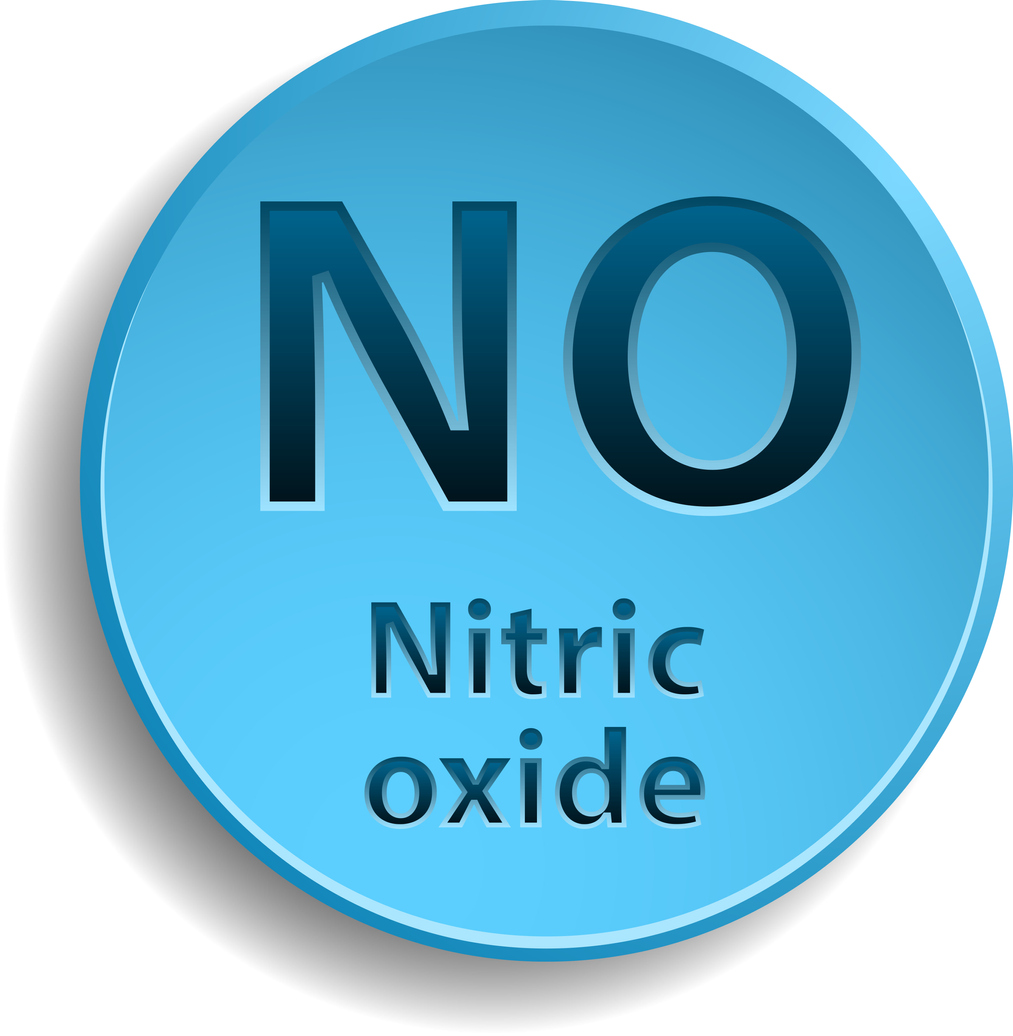Laurie's Blogs.
Jul 2023
A Short Little Lesson on Nitric Oxide

Nitric Oxide
*NO
1992 Molecule of the Year
What’s up with this little gem of a molecule? Well, I’m glad you asked.
Firstly, Nitric Oxide is a free radical. This means it has an unpaired electron. We’re usually told that free radicals are a bit of a problem They are unstable atoms that can damage cells causing illness and aging.1 We’re encouraged to eat antioxidant foods and take antioxidant supplements to support out body from free radicals.
Environmentally, it can react with variations of molecules and contribute to acid rain, ozone depletion, or nitrogen dioxide.2
However, from a biological perspective, it has a role as a biological messenger, a signaling molecule. It functions much more as a ‘good guy’ on the inside of us!
Now, I don’t want to get into the biochemistry. Nobody wants to re-hash or relive the nightmare of biochemistry!! So let’s skip over that and go to be biological effects (in plain English)! 3
- Nitric Oxide is a powerful vasodilator with a half-life of a few seconds in the blood. It enables vascular smooth muscle relaxation, resulting in arterial vasodilation and increasing blood flow.
- NO is also a neurotransmitter and has been associated with neuronal activity and various functions such as avoidance learning.
- Nitric oxide is generated by phagocytes (monocytes, macrophages, and neutrophils) as part of the human immune response.
- Nitric oxide is typically known to halt bacterial growth as part of an immune response.
Next, I want to dive into ways that we can enhance nitric oxide production or pathways via rehabilitation techniques. In other words, what do we have at our disposal to encourage nitric oxide functioning to help with healing and tissue repair?
- One study found that PEMF may increase plasma NO availability and improve Blood Pressure at rest and during exercise.4 (Portable device – made in China)
- Local ESWT application results in significant elevations of serum NO level, angiogenic and osteogenic and anti-inflammatory factors in osteonecrosis of the femoral head.5
- Photons [delivered via laser therapy] are absorbed by mitochondrial chromophores in skin cells. Consequently, electron transport, adenosine triphosphate nitric oxide release, blood flow, reactive oxygen species increase, and diverse signaling pathways are activated.6
So, that’s all! For this week, let’s all give three cheers for nitric oxide!
Until next week,
Cheers!
References:
- How do free radicals affect the body? Medical News Today. https://www.medicalnewstoday.com/articles/318652#Antioxidants-and-free-radicals (accessed July 21, 2023)
- Nitric oxide. WikipediA. https://en.wikipedia.org/wiki/Nitric_oxide (accessed July 21, 2023)
- Biological functions of nitric oxide. WikipediA. https://en.wikipedia.org/wiki/Biological_functions_of_nitric_oxide (accessed July 21, 2023)
- Kim CH, Wheatley-Guy CM, Stewart GM, Yeo D, Shen WK, Johnson BD. The impact of pulsed electromagnetic field therapy on blood pressure and circulating nitric oxide levels: a double blind, randomized study in subjects with metabolic syndrome. Blood Press. 2020 Feb;29(1):47-54.
- Wang CJ, Yang YJ, Huang CC. The effects of shockwave on systemic concentrations of nitric oxide level, angiogenesis and osteogenesis factors in hip necrosis. Rheumatol Int. 2011 Jul;31(7):871-7.
- Avci P, Gupta A, Sadasivam M, Vecchio D, Pam Z, Pam N, Hamblin MR. Low-level laser (light) therapy (LLLT) in skin: stimulating, healing, restoring. Semin Cutan Med Surg. 2013 Mar;32(1):41-52.


